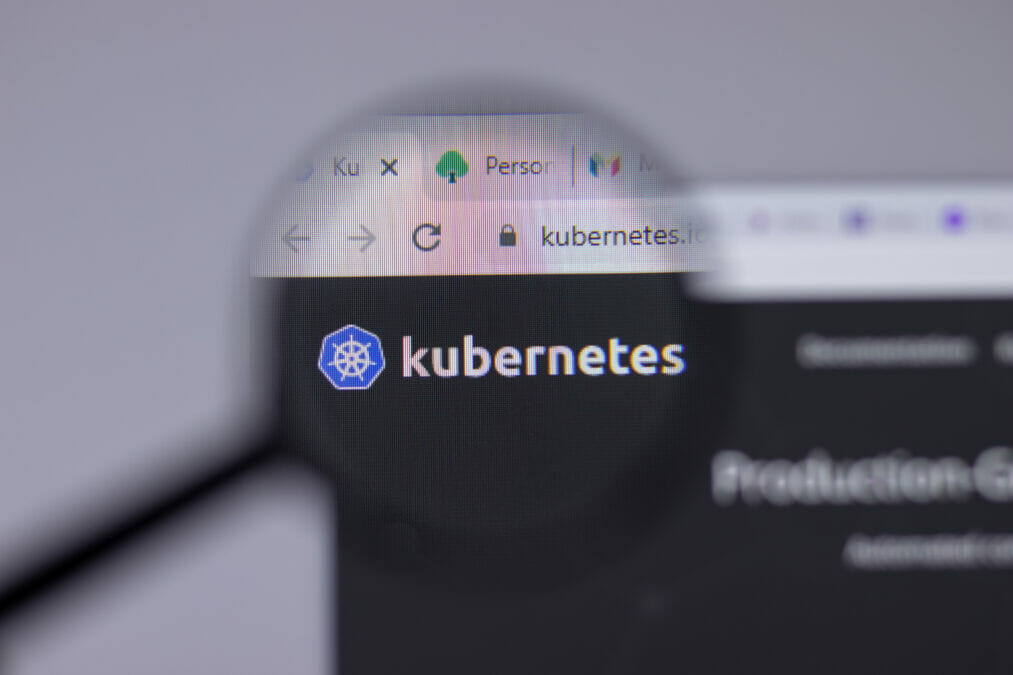Because the idea of DevOps is still so new, experts are continually having to hone what they view as a best practice.
At the start of the New Year, many people make their own personal goals clear for the year (whether or not they intend to keep them), but employees tend to head back to our work desks without reassessing how projects are going. They just jump back in unquestioningly and continue down the path they were on before the holiday.
Mindless plodding away at a goal that had been set too far in the past is perhaps the biggest business mistake they can make. Reevaluating approaches is often the difference between stagnation and real innovation.
A willingness to change tacks and the agility to do so speaks volumes about an organisation – that flexibility is quickly rewarded by a market which demands responsiveness from its providers, and it can be a big differentiator between a company and its competition. With that in mind, there are six big goals that employees can adopt as DevOps practitioners that will have enormous results on our ability to answer the demands of the end users.
Make paying off debt a priority
Most companies are so saddled with technical debt, that they hire more people just to cope with it. This is like just putting more hoses on a forest fire.
>See also: DevOps: the good, the bad and the inevitable
When fighting a forest fire, a portion of the team creates a firebreak to deprive the fire of fuel. Likewise, organisations need to dedicate a portion of their workforce to do nothing but eliminate the technical debt that is fueling your operational fires.
Set ambitious goals, but don’t sweat the details
Have goals and objectives, but allow the minutiae to be developed over the course of short intervals. Employers need to set business-level objectives for their DevOps teams, but they have to be careful to not over prescribe the details.
There are many DevOps tools and methods, and more arrive every day. Plan to work in 2-4 week sprints with measurable outcomes, instead of 6-month project plans. Use the feedback and lessons learned from those short sprints to inform the next sprint’s work.
Don’t leap, but get moving
DevOps is meant to be about quickly moving product from left to right. A common mistake is for companies to wait for “the perfect moment” and then jump headlong into DevOps, creating a lot of disruption at once. This is a recipe for disaster.
Identify work streams that are ripe for improvement from DevOps and start with moving one new benefit from concept to production. Remember, single piece flow is your friend.
Identify the credit hawks, and neutralise them
The saying, “Just because you run out in front of a parade, it doesn’t mean they are actually following you.”
One of the critical pieces that make DevOps work is a culture of sharing. That means sharing in knowledge, work, credit, and blame.
>See also: The mainframe is hindering application delivery
A “Credit Hawk” is someone who likes to jump in front of work already being done and claim that they are the ones orchestrating it. This seems to be commonplace where DevOps teams exist under mid-to-upper managers with “Old Guard” mentality.
If they take the credit, then that only leaves the DevOps team with the blame. Neutralise the credit hawks at all cost, they will undermine your culture.
Plan for failure, success through learning
Planning for failure does not equate to “expect failure,” but since we want to move faster so we can try more things, the law of averages tell us that we will also fail more, too.
Planning to fail means that we know how to conduct a blameless post mortem, understand lessons learned, and incorporate that feedback cycle to increase the likelihood of success.
Promise to break the rules
Your DevOps team needs to be trusted to find the best path, even if that means ignoring a 70-year old process. This statement might invoke a knee-jerk reaction, but this does not imply “anything goes.”
Your objective is to find more productive ways to get product to market and to create safe systems of work. Part of your lease to your DevOps teams should also be to explore new processes that eliminate red tape, bureaucracy and waste.
What has worked for the last 70 years, may be what is holding you back today.
2018 rewarded those who were able to move fast, and 2019 promises to require us to move even faster.
>See also: Why bimodal IT is a double-edged sword
By resolving to make these changes in your company or organisation, you are making a commitment to shed the shackles of yesteryear.
When freed of these fetters, your application teams will be able to focus and deliver on the one thing we are all trying to do: deliver value directly into the hands of our customers.
Is 2019 the year your company will triple its release cadence? Is this the year that you deliver every new product into all markets simultaneously? Or perhaps this is the year that your applications suffer zero outages.
The goals and the stories are yours to tell; but one thing is for sure, resolutions without action are just wishes.
Sourced by Adam Bowen, world wide innovation lead at Delphix










